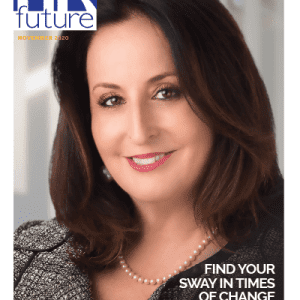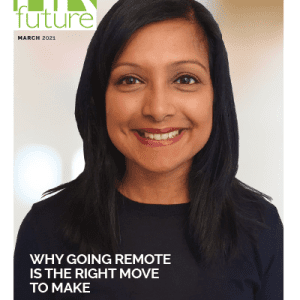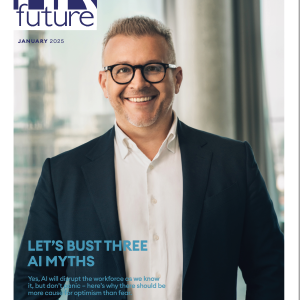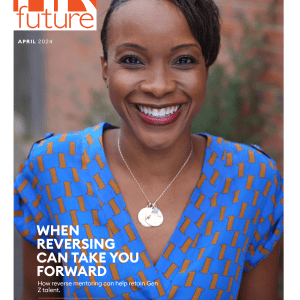The workplace is changing rapidly with major economic and business themes over the past year having been focused on the war for talent, creating a more satisfactory employment experience for workers as well as adapting to changing demands of new technology and new generations of workers, like millennials, entering the workplace.
In line with these changes, five major office design trends have been identified.
1. Being much closer to mother nature
Bringing the outdoors inside is an office design trend that won’t be going anywhere soon and its one that coincides with productive well-being. With office workers spending around eight hours a day inside, we can see the benefits of bringing more natural elements into the workplace. Living walls for example create an element of nature that also helps with air purity, and perhaps even lunch, if you incorporate plants for eating such as lettuces.
2. Time to collaborate better and faster
When it comes to collaboration and team meetings, diversity is key … not just among the company, but among the collaborative furniture options available. If you have small meetings of two to six people, you can easily implement an acoustic furniture pod in the middle of your open office. Many commercial workspaces are finding a way to blend acoustic seating and collaborative furniture while simulating the relaxed atmosphere of an employee lounge. This encourages people to get away from the formal conference table in favour of comfortable chairs and intimate surroundings.
3. Integrated technology
Workspaces that integrate with technology is a logical design trend that is on the rise. We can expect to see wireless charging of devices become commonplace soon. And they are likely to be embraced quickly in the workplace if Apple supports the feature on the next iPhone which many analysts are expecting.
Office furniture with built in power adapters and multimedia capabilities will be seen in well designed and flexible work environments this year. It also helps offices to ‘future proof’ because technology use will only increase in the years ahead.
4. Future-proof design
Part of designing flexible layouts is the need for furniture that will adapt to new and changing requirements. Modular soft seating, modular workbenches, desk pods, meet point tables, collaborative and breakout furniture, and acoustic elements – are examples of smart office furniture choices to support a well designed, high functioning and adaptable workplace that will move efficiently into the future.
5. Design for productive well being
Productive well-being is an aspect of workplace design that has been heavily embraced by architects and designers of late. With the health and well-being of employees being central to design, we see a positive impact on health, happiness, and productivity in the workplace. And with this comes less staff turnover and decreased employee costs overall. Things like sit-stand desks areas for both collaboration and privacy, comfort, airflow, lighting, indoor plant life, accommodating healthy lifestyle options like starting later in the day or gym memberships – all increase the productive well-being of your staff.
Linda Trim is the Director at Giant Leap.








